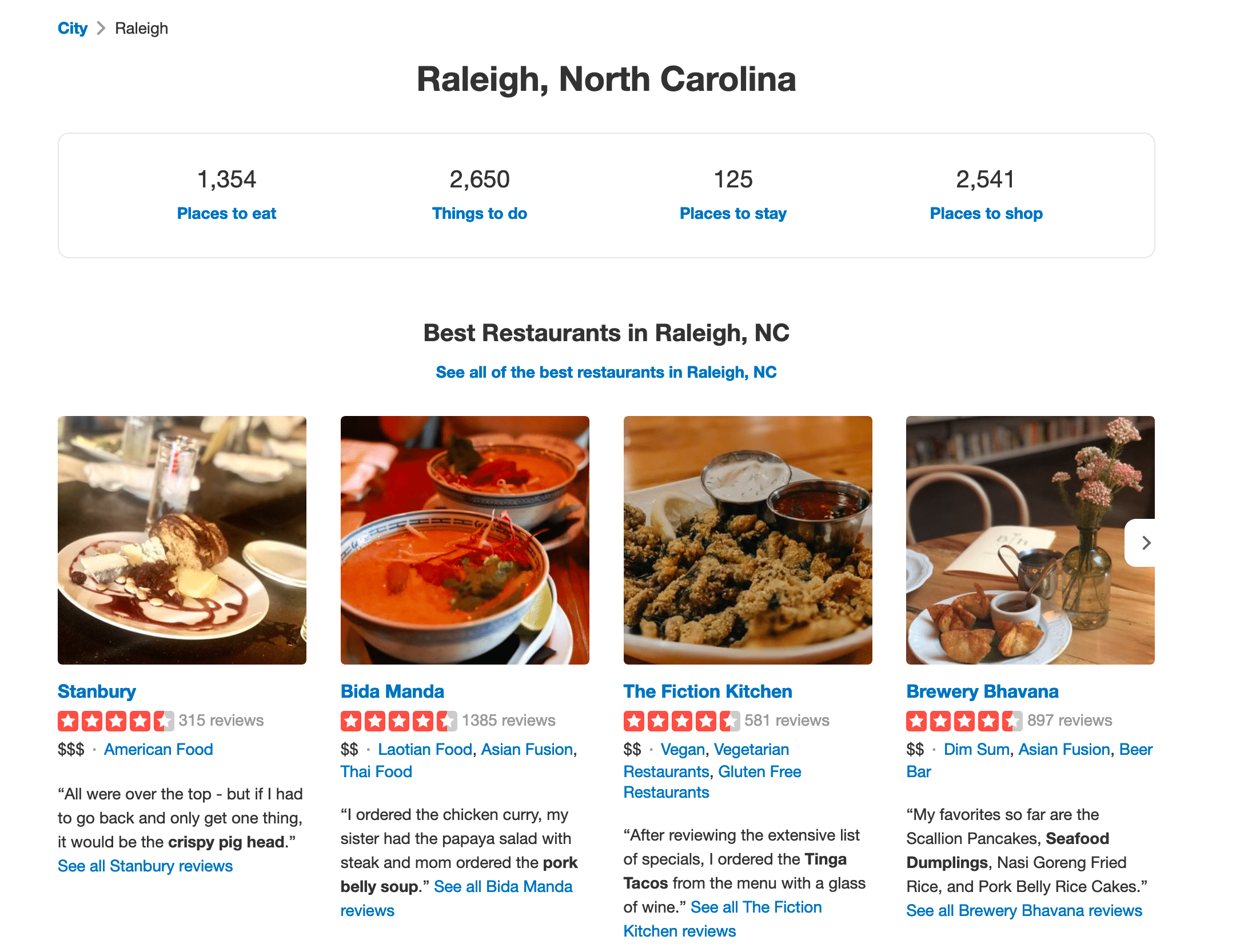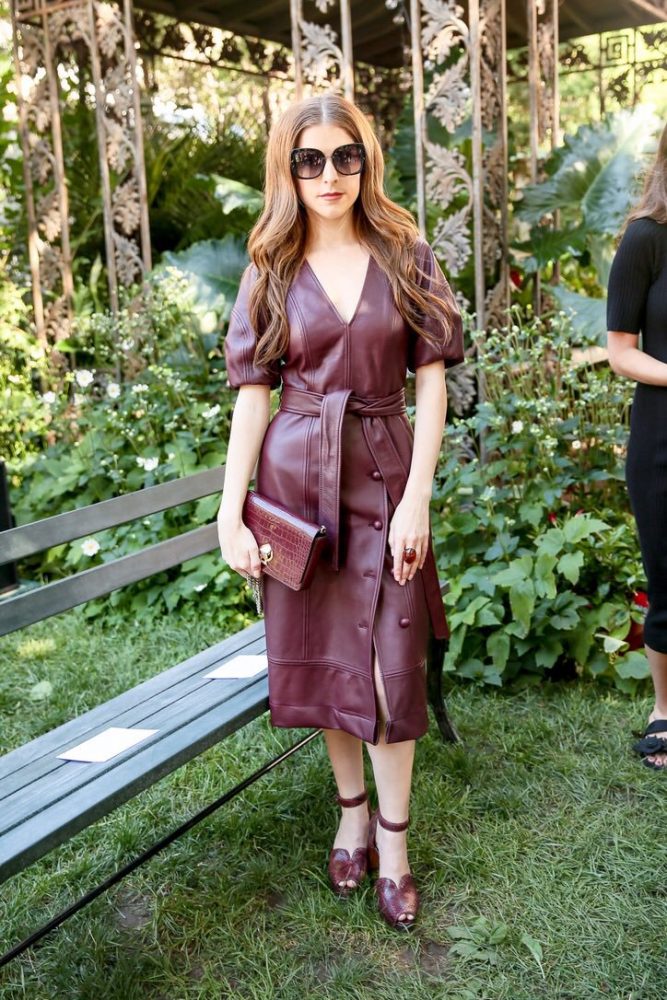Thirty years ago, the internet was young and limited. People watched their televisions and listened to their radios in peace. The humble pager was the most popular form of two-way digital communication.
Boy, have we come a long way.
Now that the internet is commonplace, consumers can do a little digging and form their own opinion of a brand before making a purchase or hitting up that restaurant.
Here’s where your influencer marketing strategy is born.
How many times have you checked out reviews on business, read about a bad experience, and decided to go somewhere else?

A New Era in Marketing
It’s real. But the opposite positive is just as real.
The truth is, consumers aren’t forced to trust a brand’s advertising as fact anymore. They have access to real reviews and communities that endorse or criticize products, restaurants, services, real estate — you name it. We bet you can find a review online somewhere.
It’s 2020, and in this decade, consumers trust brands — especially big brands — less and less.
But do you know who IS trustworthy?
Their favorite person on social media.
Has a celebrity ever convinced you to buy something?
It’s okay if the answer is yes. That’s why influencer marketing works so well.
The best social media stars, or influencers, have a laser-focused understanding of their audience. Owning that understanding means they can sway their following.
Influencers, well… influence. Their followings trust them. An influencer can impact their audience’s decisions by using and endorsing products and brands they like.
Since marketing is all about manipulating an audience to feel a certain way, a huge opportunity has opened up in the social media marketing world. And it’s not too late to take advantage of it.
Digital marketing has one end game goal: build your brand online and raise awareness within your target audience until they’re comfortable enough to become a customer. Influencer marketing is one of the best ways to do this quickly and efficiently.
According to Forbes, the influencer market is growing faster than digital ads.
In a nutshell, you’re leveraging an industry leaders’ followers to foster growth in your own business.
Types of Influencers
Mega-Influencers
Gil Eyal, CEO and founder of HYPR Brands, says mega-influencers “are often more famous than influential.” Think Will Smith, Jennifer Aniston, and other A-list celebs. Their audience isn’t precisely defined, but it’s very vast.
Enlisting the help of Mega-influencers may help big brands with deep pockets reach a broad audience of over a million people all at once. A recent example is Anna Kendrick’s collaboration with Kate Spade New York.

Macro-Influencers
Unlike most mega-influencers, most macro-influencers earned their fame through the internet itself. Macro-influencers boast between 100,000 and 1 million followers. If you want to reach a broad but targeted demographic, this is the way to go.
An example: many beauty and fashion bloggers fall into this category. Their audience is primarily female, interested in beauty, and most likely in the age range of the influencer. If your audience can be that broad, a macro-influencer can be very helpful to your brand.
Micro-Influencers
These influencers have a stronger tie to their followers since their fanbase is smaller, ranging from 5,000 to 100,000 followers. Micro-influencers typically tend to find a niche and stick with it. That means they have a defined audience that they know very well.
This category of influencers will give you the most bang for your buck. Accounts with a real following have some of the highest engagement levels in the whole big social media world, and many micro-influencers accept far lower payments than more significant counterparts.
Nano-Influencers
The nanos are the newest to the influencer marketing party. Five thousand or fewer people follow their accounts, but they have a strong reputation in their local community or niche.
They may have the smallest following, but don’t underestimate their selling power. The idea behind nano-influencer is “this everyday person uses and loves this product, so I will too!”
Here’s a Real-World Example of Micro-Influencing

Just yesterday, Fresh Local Ice Cream, a (you guessed it) fresh and local ice cream joint in the Triangle messaged me on Instagram. By day, I’m a social media manager. By night, I’m a micro-influencer on Instagram for the Raleigh area.
My niche is mostly beautiful, local food coupled with cute pictures of dogs.
Their ask?
“Can you host a FLIC gift card giveaway on your account? Instagrammers should like and follow our page and then comment on your post to enter the contest.”
Let’s take a step back and explain how awesome this is:
In this scenario, I get free ice cream for holding the contest; my followers have the chance to win a gift card for phenomenal ice cream, and FLIC gets exposed to potential new followers/customers. On top of that, my Instagram account gets attention for hosting a contest with a drool-worthy prize.
Key Takeaways: Influencer marketing is a win/win for everyone involved. Take advantage of this strategy — whether that’s on a mega- or nano- level — before it’s too late!
Ready to harness the power of Influence? Get started today by reaching out to Mike at Brand IQ.


Are you ready to take your brand to the next level?